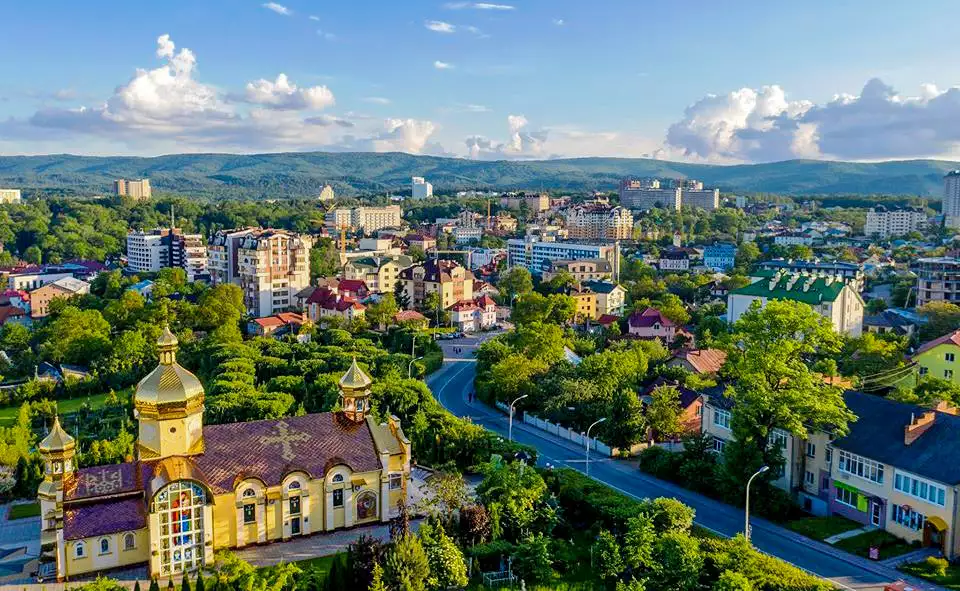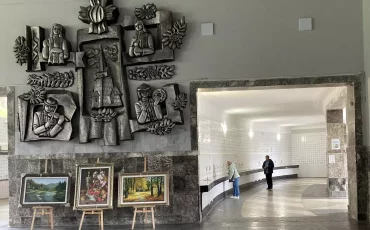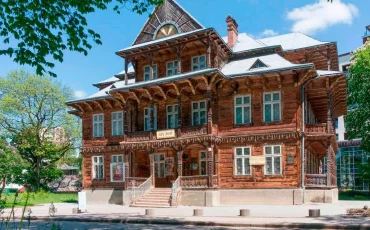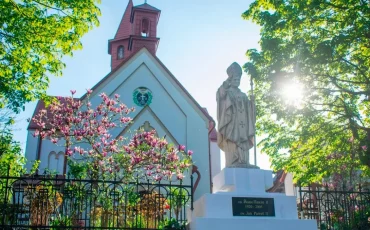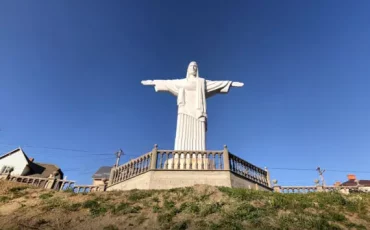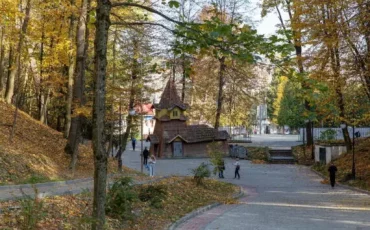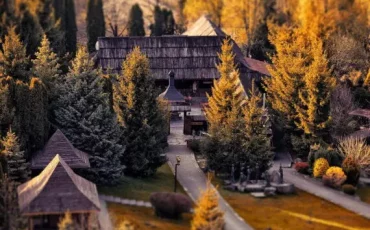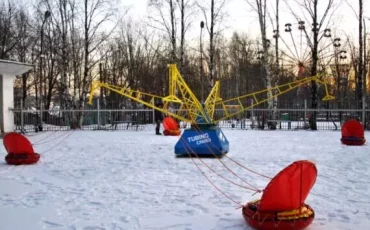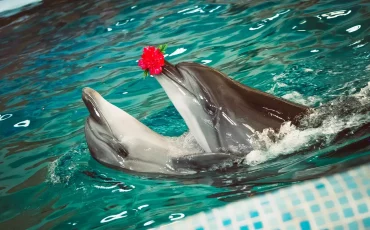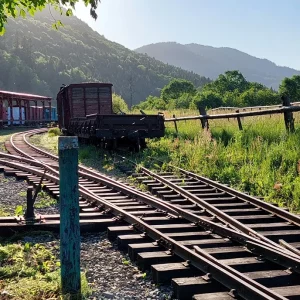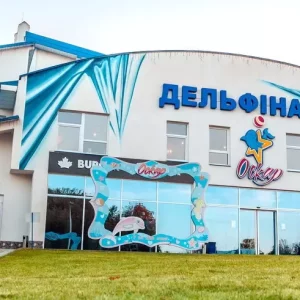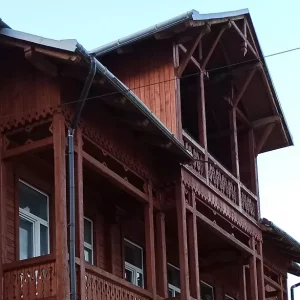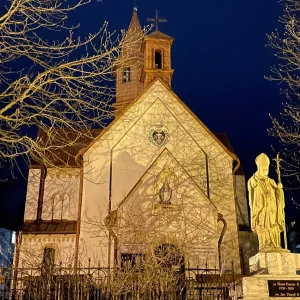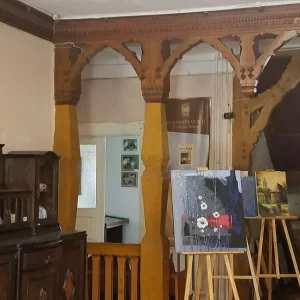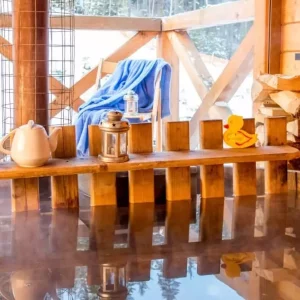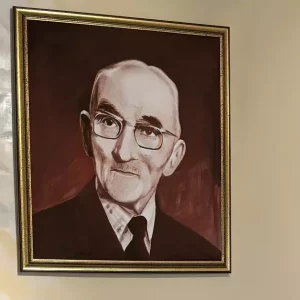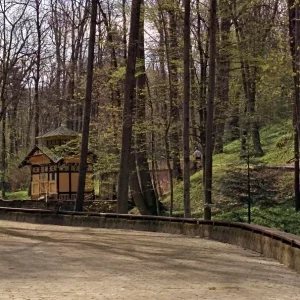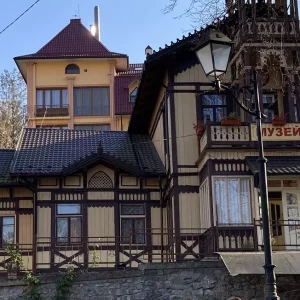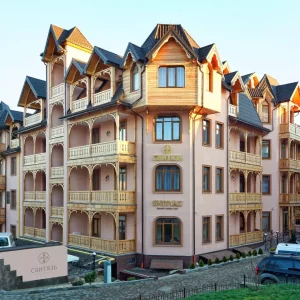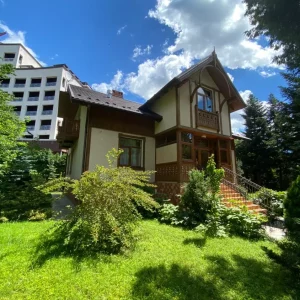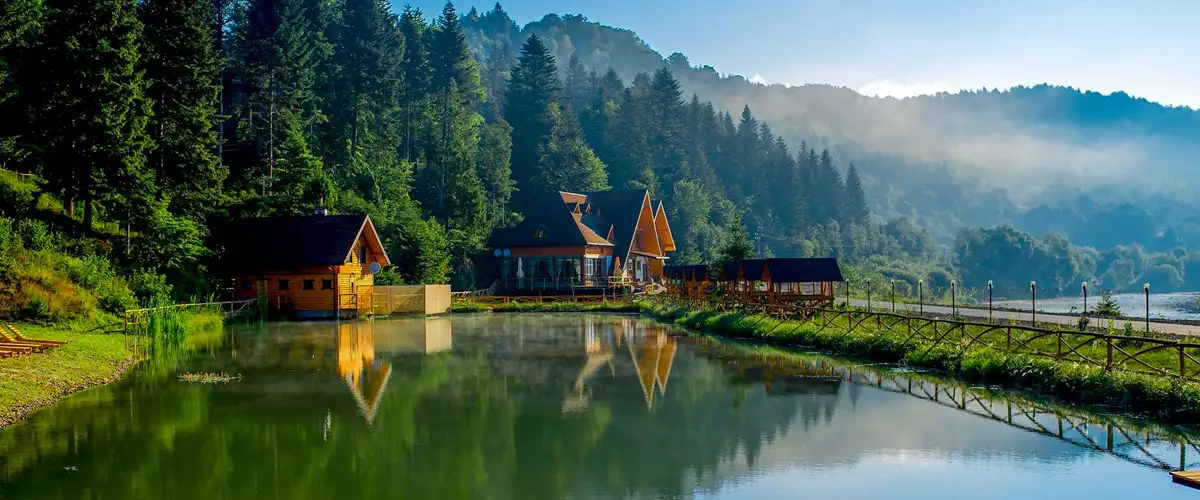The first written mention of Truskavets dates back to 1427. However, people started settling here much earlier. This is confirmed by an accidental archaeological find in the form of a Roman battle coin dated to the fourth century AD by the famous Ukrainian scientist, collector and archaeologist Volodymyr Kobylnyk. It was found during the construction of a resort villa. The artefact is currently on display at the Boykivshchyna Museum in Sambir. The Romans fought against the Goths and carps on the site of today’s Truskavets.
Historians suggest that in the days of Kyivan Rus, there was a settlement on the site of Truskavets that was engaged in salt production. There is also every reason to believe that Truskavets was part of the Principality of Galicia-Volhynia. After the principality was occupied by the Kingdom of Poland, Truskavets was transferred to the ownership of Polish nobles. After the first partition of Poland in 1772, Truskavets became part of the Austrian monarchy (from 1804 the Austrian Empire, from 1867 the Austro-Hungarian Empire). It was during the Austrian rule that Truskavets became a balneological resort in 1827. In that year, the first health resort was built in Truskavets, with 8 baths for bathing in mineral waters.
The healing properties of Truskavets mineral springs have been known since ancient times. They were first described in 1578 by the royal physician Wojciech Ochko.
In 1721, Gabriel Żonczynski’s textbook Natural History states that Truskavets was a place of oil production at that time, and that the water from the springs was used by peasants to treat various diseases.
In 1836, Lviv scientist, pharmacist and chemist Theodore Torosevych performed the first chemical analysis of Naftusya mineral water. By the way, it was Theodore Torosevich who invented the kerosene lamp.
During the Austro-Hungarian period, Truskavets continued to develop rapidly as a balneological resort. The resort’s infrastructure was being actively built. New villas, hotels and boarding houses were built. A new hydropathic hospital and a bypass road were being built. In 1892, Truskavets was equipped with inhalation rooms for the Vashmut system. This innovation brought the status of Truskavets closer to the well-known European resorts of Richenhal and Wiesbaden.
Raymond Yarosh made a great contribution to the modernisation of Truskavets’ infrastructure. Since 1911, Truskavets has been managed by the union he headed. First and foremost, Raymond was engaged in the active electrification of the resort. Already at that time, electric lighting was available not only in resort facilities and private villas, but also in the streets and park.
A big impetus for the development of Truskavets was the introduction of a railway connection. It happened in 1909. In 1912, a new railway station was built to replace the small station in Truskavets. At that time, trains with holidaymakers from Lviv, Vienna, Krakow, Poznan, Prague, Warsaw and Berlin were constantly arriving in Truskavets.
In 1913, Truskavets was even awarded the Big Gold Medal for its rapid and successful development. In just a few seasons, Truskavets changed so rapidly that it was unrecognisable.
After the First World War and the defeat of the Ukrainian liberation struggle, Truskavets became part of Poland, where it remained from 1919 to 1939. During this period, the resort continued to develop rapidly. In the 1920s, Truskavets created a hydrogen sulphide bathing lake on Pomirky with beautiful beaches covered with golden sea sand. Courts and sports grounds were built on the shores of the lake.
The number of holidaymakers in Truskavets continued to grow rapidly. The annual number of tourists increased from 6,080 in 1923 to 17,000 in 1933.
On 17 August 1929, the Museum of Natural Sciences was consecrated and opened in Truskavets. Unfortunately, its richest collections were heavily looted in 1939 by the Soviet authorities. Only a small part of the exhibits has survived to this day, having been taken to Drohobych.
In Soviet times, the tourist infrastructure of Truskavets continued to be developed with all the features of Soviet service.
A new leap forward in Truskavets development began after Ukraine gained independence in 1991. Today, Truskavets welcomes hundreds of thousands of holidaymakers every year, providing a huge range of services. Truskavets can accommodate up to 350,000 holidaymakers at a time. It is therefore safe to say that Truskavets has become one of the largest centres of the tourism industry in Europe.
